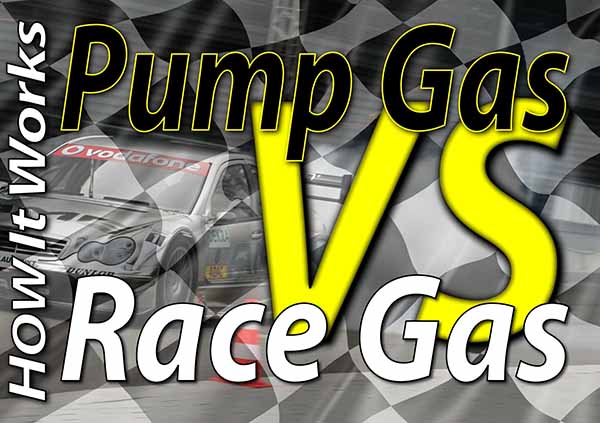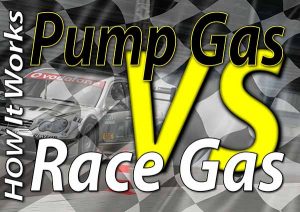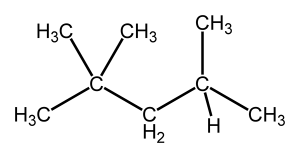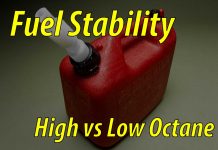The Difference Between Pump Gas & Race Gas, And When To Use It
The term “high performance” gets thrown around a lot when talking about engines and the vehicles they power, but real high performance requires high-performance fuels.
Real high-performance engines are designed to create as much power as possible at the cost of longevity, and they can not achieve their full potential on pump gas unless you build engines like Koenigsegg, which you don’t.
This is where specially formulated race fuel comes into play. It’s not that different from pump gas, but the results are.
What is Pump Gas?
Pump gas is the classification of any readily available pump fuel with an octane rating of less than 100. And any fuel with an octane rating over 100, is classified as race gas. If you read this previous article, you’ll know that an octane rating of a fuel is the standardized measurement of the performance of that fuel.
But if you didn’t read it (which you should), the higher the octane rating, the more compression a fuel can handle before detonation (uncontrolled combustion of fuel), which is wrong (not good). When fuel detonates (explodes) inside your engine, it causes engine knock.
This means that fuels with a higher octane rating will perform better that fuels with lower octane ratings in a high-performance scenario.
What is Race Gas?
So we know that race gas has an octane rating that is over 100.
This means that race gas can withstand more compression than pump gas, but why?
Race gas is made by blending pure iso-octane and tetraethyl lead.
The addition of the tetraethyl lead increases the combustion threshold because lead is non-combustible.
This makes race gas leaded gasoline and can achieve an octane rating over 120. This is what makes it possible for the air-fuel mixture to ignite when you want it to.
It is important to note, however, that gasoline products are only rated at a maximum of 120, so any fuel with an octane rating over 120 is rated 120+.
Related: Castor motor oil is the grand daddy of motor oil and here’s why!
Using Race Gas on a Regular Engine
To understand the need for high compression fuel, it’s important to understand what a compression ratio is.
To put it just, it is the difference in the total volume of a cylinder, and the volume of the combustion chamber.
For example, let’s say the cylinder volume is 100cc, and the combustion chamber (cylinder head) is 10cc, giving us a 100:10 ratio, or 10:1.
So if a cylinder is designed with a 20:1 compression ratio, the total volume of the cylinder head doubles, meaning twice as much air and fuel needs to fit into the same 10cc combustion chamber.
And when those molecules get smashed together like that, they create a lot of heat and can combust without a spark, creating knock.
Since conventional engines have been designed to have a combustion ratio of 8:1 to around 13:1, using a fuel that has been designed to combust at a 17:1 compression is a waste of money.
You are also introducing lead to your engine that was designed to run on unleaded gas (bad).
If you have any questions or anything to add, please leave them in the comments or on our FaceBook page!







